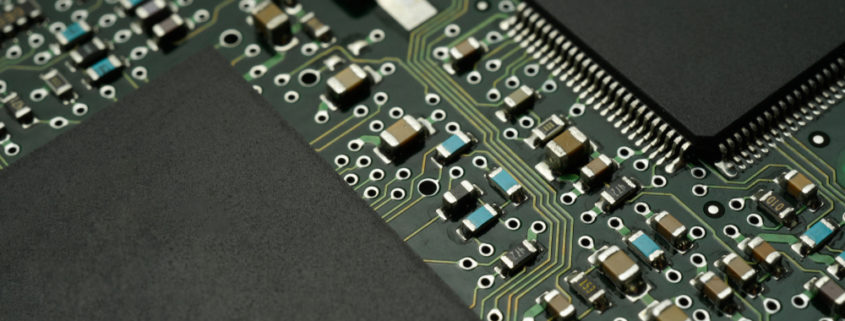High-Speed Analog Design: Best Practices
When it comes to high-speed analog design, precision and reliability are of paramount importance. In the world of microsystems, the performance of analog components can make or break a product’s success. High-speed analog design demands a meticulous approach to ensure that signals are accurately processed, amplified, and transmitted. This article explores best practices for achieving exceptional results in high-speed analog design, emphasizing the critical role it plays in the microsystems industry.
Careful Component Selection
High-speed analog design begins with selecting the right components. The choice of components significantly impacts the performance of your system. Here are some key considerations when selecting components for your analog design:
Analog Design Bandwidth and Frequency Response
Understand the frequency requirements of your application. Choose components with the appropriate bandwidth to ensure your design can handle the desired signals. For high-speed applications, this often means selecting components with wide-frequency response capabilities.
Noise Characteristics
Noise can be a major concern in analog circuits, especially at high speeds. Carefully evaluate the noise specifications of components like operational amplifiers, transistors, and resistors. Lower noise components are generally preferred for high-speed analog design.
Linearity and Distortion
To maintain signal integrity, it’s crucial to select components with low distortion and high linearity. This is particularly important in high-speed analog applications where signal accuracy is paramount.
Temperature Stability
High-speed analog circuits can generate significant heat. Choose components that offer good temperature stability to maintain consistent performance under varying thermal conditions.
Power Supply Noise Rejection
Ensure that components are equipped to handle power supply noise effectively. This is vital in high-speed analog design, as power supply fluctuations can negatively impact signal quality.
By carefully considering these factors and selecting components that align with your project’s specific requirements, you can lay a solid foundation for successful high-speed analog design.
Signal Integrity and Layout Considerations in Analog Design
Once you have the right components in hand, it’s time to focus on signal integrity and layout considerations. The physical layout of your high-speed analog circuit can significantly influence its performance. Here are some best practices in this regard:
Grounding and Return Paths
Maintain a clean and well-defined ground plane. Separate analog and digital ground domains to prevent interference. Ensure proper return paths for high-speed signals to minimize loop areas and reduce inductive effects.
Minimize Parasitic Elements
Parasitic elements, such as parasitic capacitance and inductance, can have a detrimental impact on signal integrity. Minimize these effects by careful layout and component placement. Use ground planes and guard traces to isolate sensitive signals from unwanted influences.
Transmission Line Considerations
High-speed analog signals often behave like transmission lines. It’s important to maintain controlled impedance and minimize reflections. Use appropriate terminations and consider the transmission line length to avoid signal degradation.
Decoupling Capacitors
Place decoupling capacitors near the power pins of active components. These capacitors help stabilize the power supply and reduce noise, contributing to improved signal integrity.
Signal Routing
Keep signal traces short and direct. Avoid sharp corners and 90-degree bends in traces, as these can introduce signal reflections. Use differential signaling whenever possible to reduce susceptibility to common-mode noise.
By paying close attention to these signal integrity and layout considerations, you can optimize the performance of your high-speed analog design, ensuring that it meets the stringent requirements of the microsystems industry.
Analog Design Wrap-Up
In conclusion, high-speed analog design is a critical aspect of microsystems development. Careful component selection, combined with meticulous attention to signal integrity and layout considerations, is key to achieving exceptional results. By adhering to these best practices, you can create high-speed analog circuits that deliver precise, reliable, and high-performance solutions for your microsystems applications.
Learn more about Linear MicroSystems by clicking here!
Linear MicroSystems, Inc. is proud to offer its services worldwide as well as the surrounding areas and cities around our Headquarters in Irvine, CA: Mission Viejo, Laguna Niguel, Huntington Beach, Santa Ana, Fountain Valley, Anaheim, Orange County, Fullerton, and Los Angeles.






